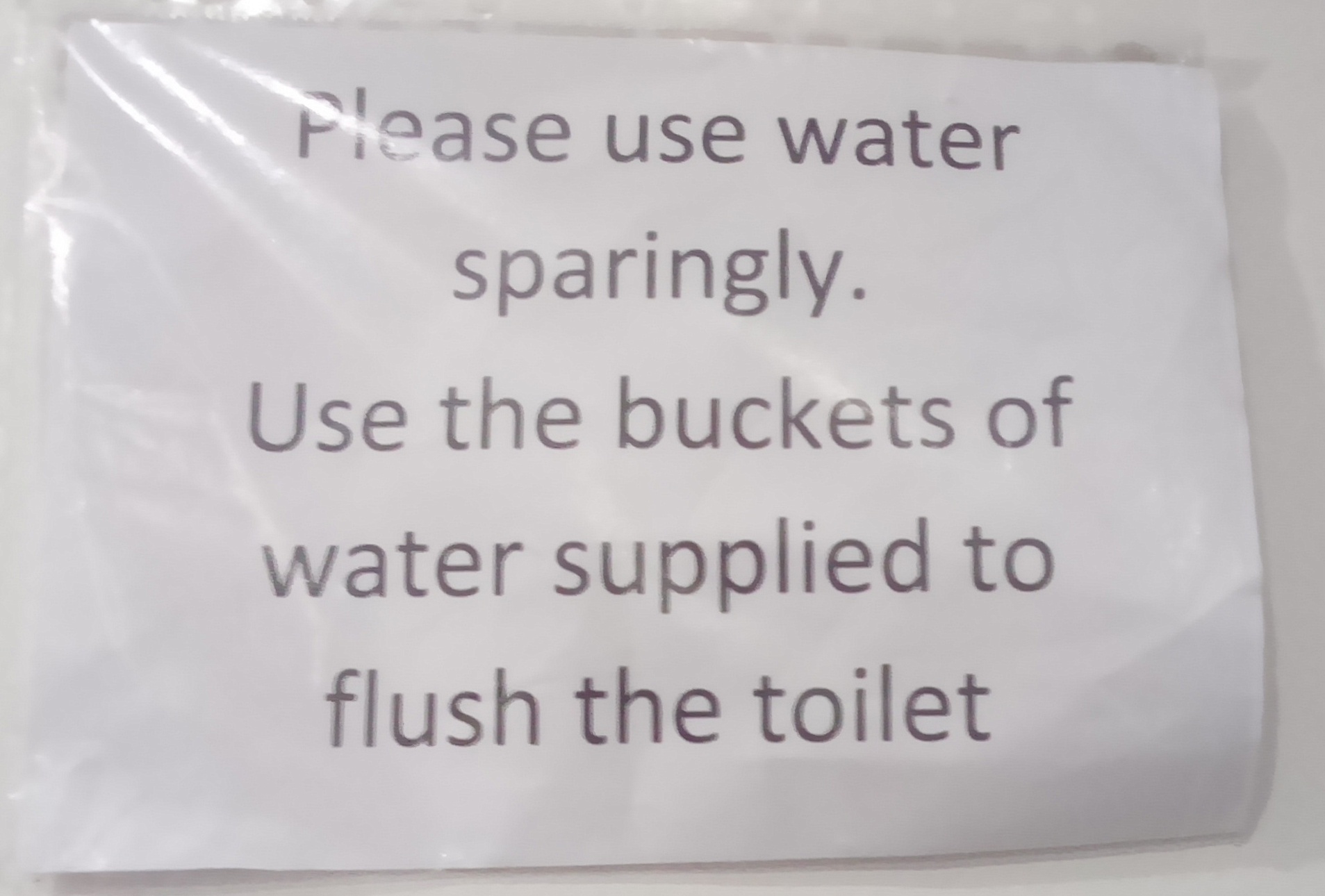1001 water-wise ways: A mixed bag
I swear this pincushion is enjoying the rain. This beautiful pic is courtesy of journalist Miriam Mannak.
It's the winter solstice! Which means we are exactly half-way through winter. To celebrate, here's another pick-'n-mix scoop of tips, which are still coming my way, thanks to you all. But first: with all this glorious, wonderful, heavenly rain, SURELY we can relax a bit? Alas, no. It looks good (isn't all the green great?); it sounds good; and the dams are 40% full! Well, in theory. The truth is a bit more complex than that. Theewaterskloof Dam (which supplies over half of Cape Town's water) is at 27% of capacity, and that's a long, long way away from 100%. But once again, I leave it to the truly heroic Tom Brown to explain things in his reliable regular water post. Read it all, and read it carefully, but the bottom line is that it needs to rain heavily all through July and August if (1) agriculture is going to get the allotment of water it needs in spring; and (2) the city is going to squeak through summer (along with the extra challenges of the season -- tourist influx, evaporation, etc). Sadly, here's why we can't break out the marching bands: "No large weather systems are currently predicted to strike the Cape during July and August."
But now for some tips.
* Possibly my most middle-class tip ever, and also possibly TMI, but as I'm not so much bucket-bathing on cold nights as swiftly swiping with a damp cloth, I've had my underarm hair professionally removed via laser. It was MUCH cheaper and quicker than I'd imagined, and not even that uncomfortable. It has the double green benefit that I'll never have to use disposable razors again -- a niggling source of plastic guilt and worry about whether the blades pose dangers in landfills.
* From the pits to the pits: gardeners, who is digging swales? One problem now that lawns have gone bald or been consigned to history is that some folk are paving over areas that used to be turf. Remember, the new principle is to increase every possible way of retaining water that falls from the sky, including using the earth as a sponge to soak it up. Here's a very useful piece by Kevin Winter of UCT's Future Water Institute that explains how you can adapt your patch of former lawn and harvest stormwater, and all the benefits that can result.
A friend suggested I post more tips for flat and townhouse dwellers, and here I have not so much a tip as a Cautionary Tale: you might have spotted a bit of online frothing about the fact that according to new City by-laws, individual water meters are being installed in flats. A friend’s experience shows why this is a Very Good Idea: her block had a perennial spring emerging from under it and running out to sea (the residents harvested this, so not all was lost). A plumber came to install water meters and found that the source of the "spring" was SOMEONE'S LEAKING GEYSER. So get active and even nosy: ask your agents, the body corporate or even the CoCT what the total water bill is for your block; if it’s high, press for plumbers or meter installers to double-check for leaks.
And, Andie Miller reminds me, if your toilet is still connected to the municipal supply, remember to check it for leaking -- ten minutes after flushing, hold a piece of toilet paper to the back of the bowl; if it gets wet, then you have a drip -- call a plumber asap.
Meanwhile, water-saving ways seem to have become engrained in public life, even as the rain pours down. I was really impressed when attending the Jewish Literary Festival in Gardens last weekend; I found the toilets stocked with buckets of harvested water, along with the following instructions:
Applause, applause!
Another friend went up Table Mountain, and found this sign in the cable station toilet:
Thanks to Helen Martin for taking and sharing the pic.
This is great, not just in terms of water saving, but in terms of education and inspiration. Hundreds of thousands of visitors and tourists will see the above sign, for instance, and take the message home.


